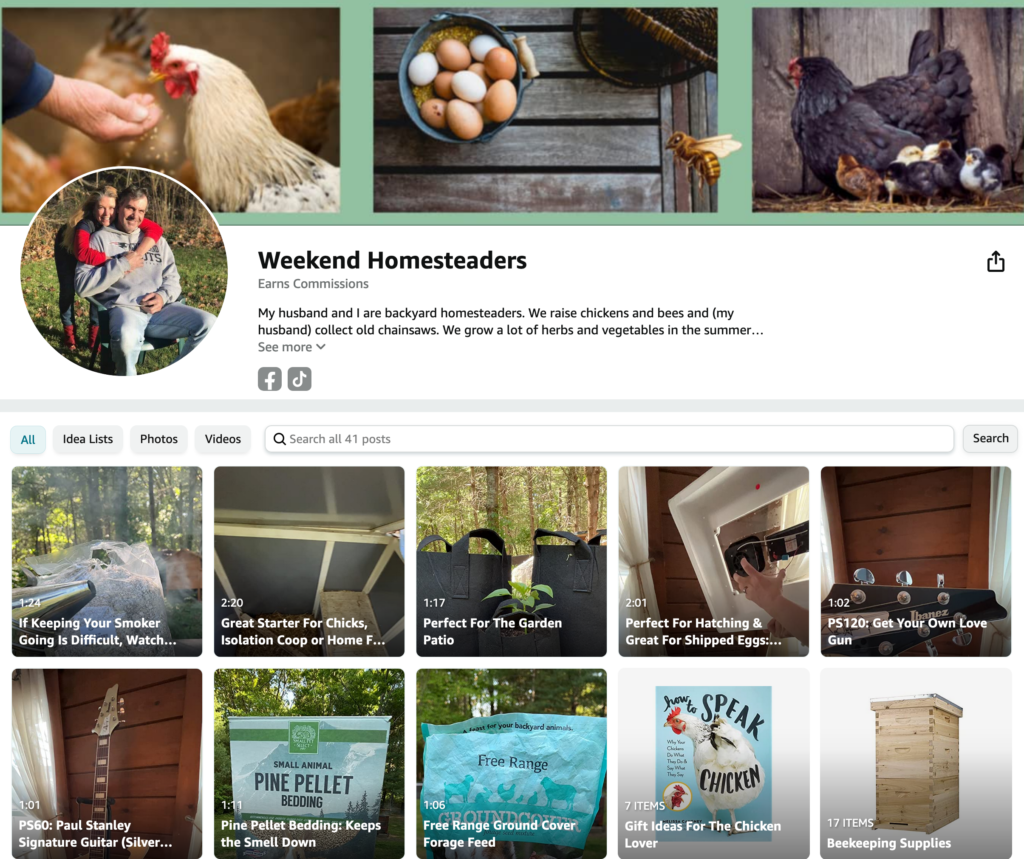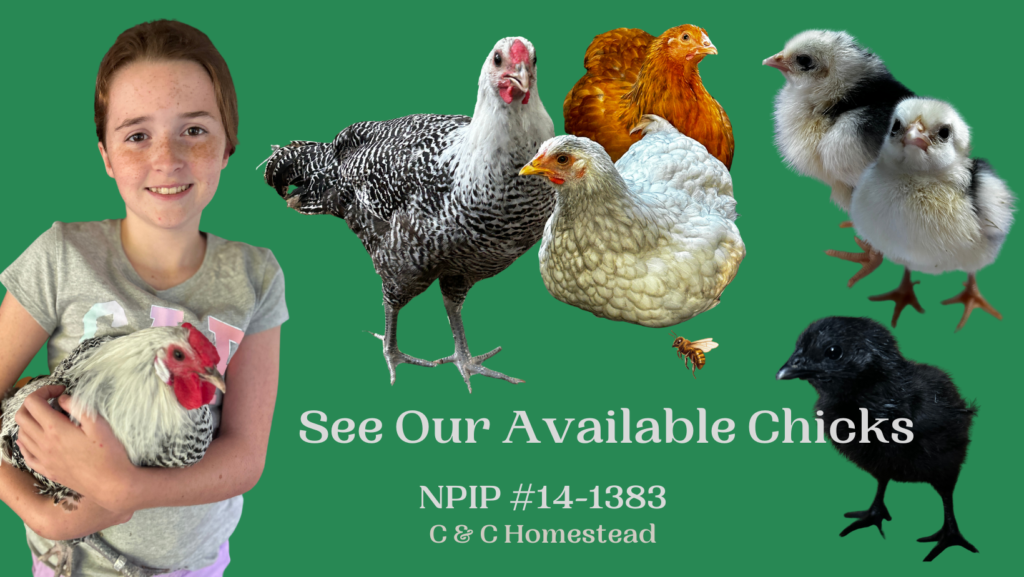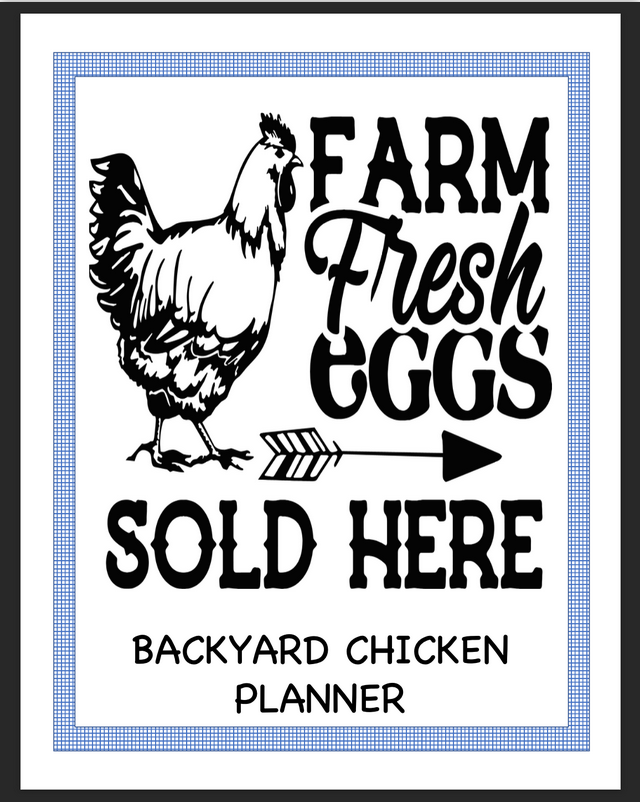Balancing Corporate & Homesteading Lifestyles
Leghorn

The Leghorn chicken is one of the most well-known and productive chicken breeds, with origins tracing back to Italy. The name "Leghorn" is an anglicized version of "Livorno," the port city in Italy from which these chickens were exported to the United States and Britain in the early 19th century. The breed was further developed and standardized in the U.S. and Britain, focusing on enhancing their egg-laying abilities and hardiness.
Leghorns quickly became popular due to their exceptional egg production and adaptability to various climates. They played a significant role in the commercial poultry industry, especially before the advent of hybrid breeds designed for intensive egg production.
Appearance
Leghorns are known for their sleek and streamlined appearance:
- Plumage: They have tight, glossy feathers that come in a variety of colors, including white, brown, black, and buff. The White Leghorn is the most common variety.
- Comb: They have a large single or rose comb, which is bright red. The comb size can make them susceptible to frostbite in cold climates.
- Body: Leghorns have a slender, athletic body with an upright posture.
- Legs and Feet: Their legs are typically yellow, which is a sign of good health and vitality.
- Weight:
- Roosters: 6-7.5 pounds (2.7-3.4 kg)
- Hens: 4.5-5.5 pounds (2-2.5 kg)
Temperament and Behavior
Leghorns are known for their active and industrious nature:
- Activity Level: Extremely active and excellent foragers, Leghorns thrive in free-range environments where they can explore and find their own food.
- Flightiness: They can be quite flighty and nervous, often preferring to avoid human contact. They are not typically affectionate and may not enjoy being handled frequently.
- Social Structure: They do well in mixed flocks but can be dominant due to their active nature. Providing ample space helps reduce stress and competition.
Egg Production
Leghorns are renowned for their prolific egg-laying capabilities:
- Egg Color: White
- Egg Size: Large
- Production Rate: They are among the best layers, typically producing 280-320 eggs per year. Their egg production is consistent and can continue even in less-than-ideal conditions.
Hardiness and Care
Leghorns are hardy birds that adapt well to various climates:
- Cold Hardy: While they tolerate cold weather reasonably well, their large combs are prone to frostbite. Ensuring a well-insulated coop can help mitigate this risk.
- Heat Tolerance: They handle heat very well, provided they have access to shade and fresh water.
- Foraging: Leghorns are exceptional foragers and do well in environments where they can roam and find food. This also helps keep them entertained and reduces feed costs.
Housing and Space Requirements
Given their active nature, Leghorns need ample space:
- Coop Space: At least 4 square feet per bird inside the coop.
- Run Space: A minimum of 10-15 square feet per bird in the run, with higher fencing to contain their flighty tendencies.
- Roosting: Provide high perches within the coop to cater to their natural roosting preferences.
Health and Maintenance
Leghorns are generally healthy and low-maintenance with proper care:
- Common Ailments: Like all chickens, they can be susceptible to parasites such as mites and lice. Regular health checks and maintaining a clean coop are essential.
- Diet: A balanced diet with access to fresh greens and insects through foraging helps maintain their health and productivity.
Conclusion
The Leghorn is a remarkable and highly productive breed with many desirable traits. Its sleek appearance, active nature, and exceptional egg-laying capabilities make it a valuable addition to any backyard flock. While they may require more space and have a more flighty temperament than some other breeds, their prolific egg production and hardiness make them well worth the effort.



